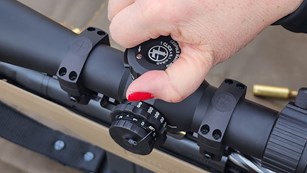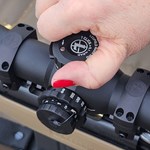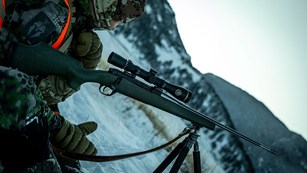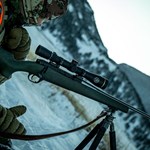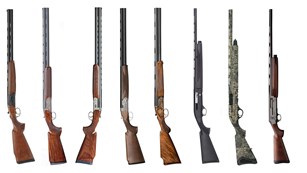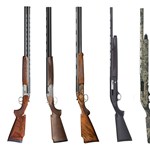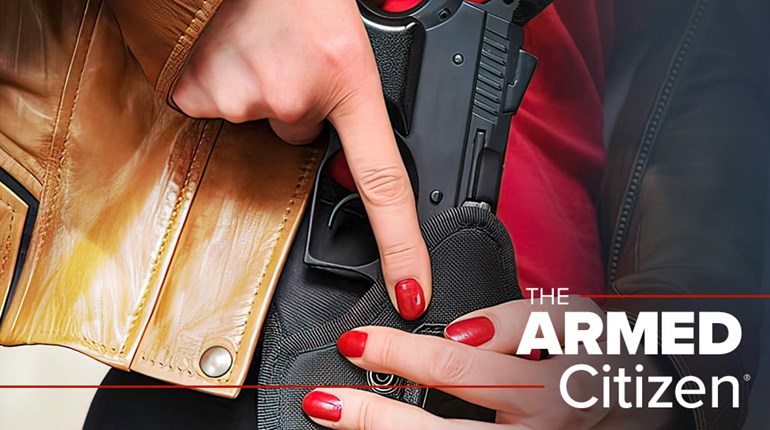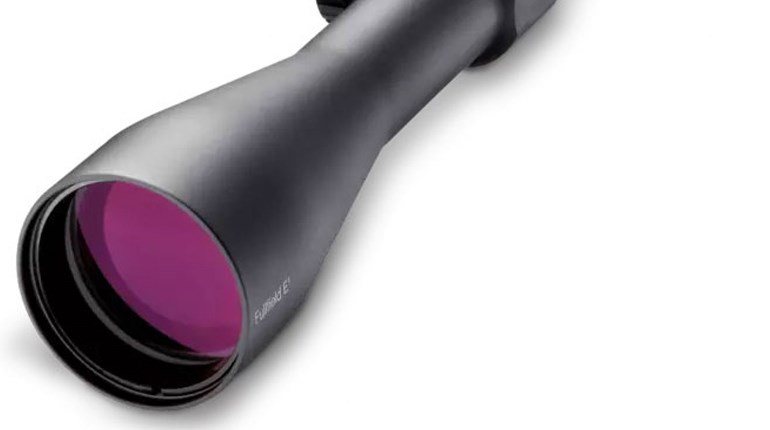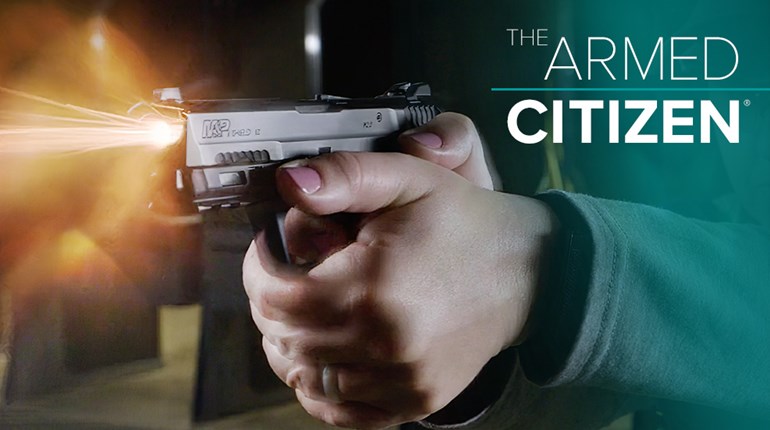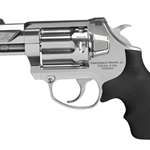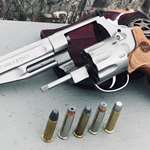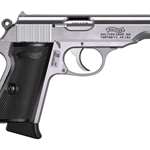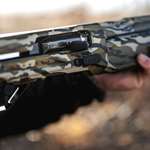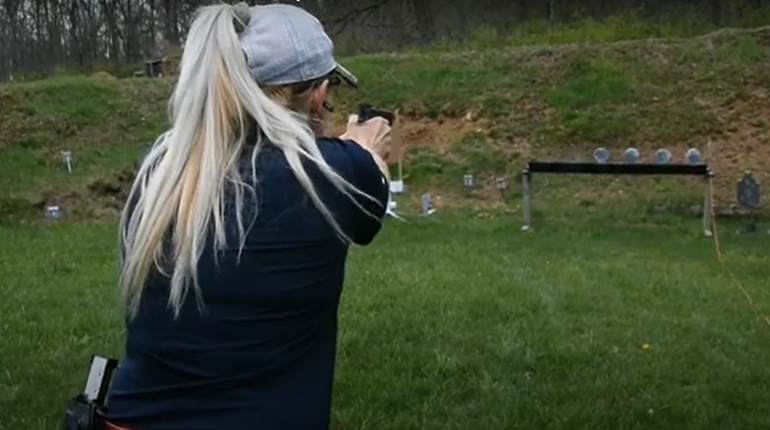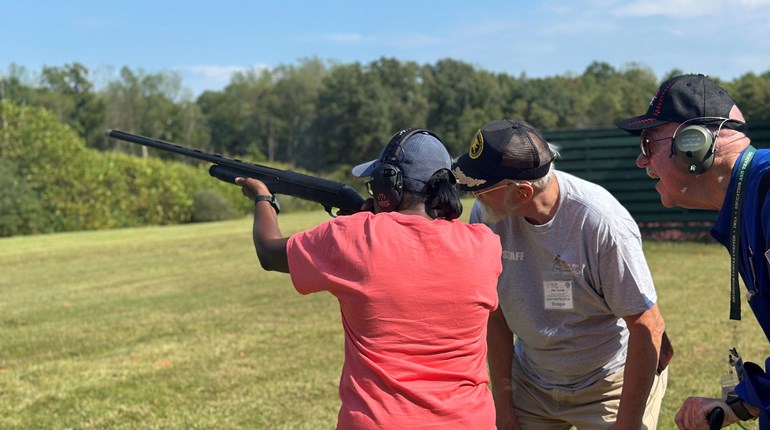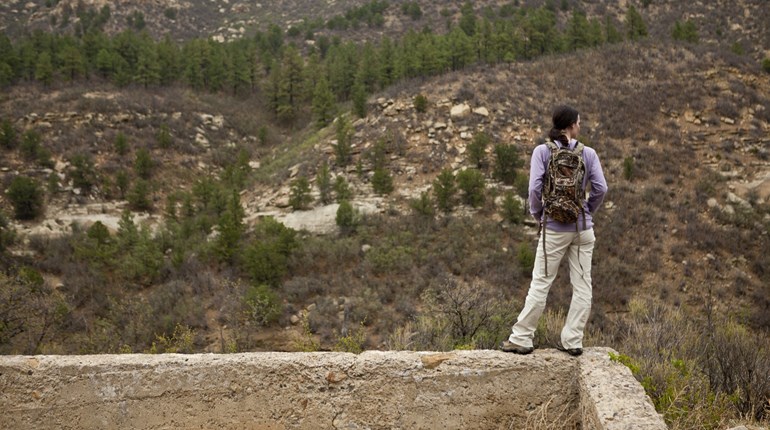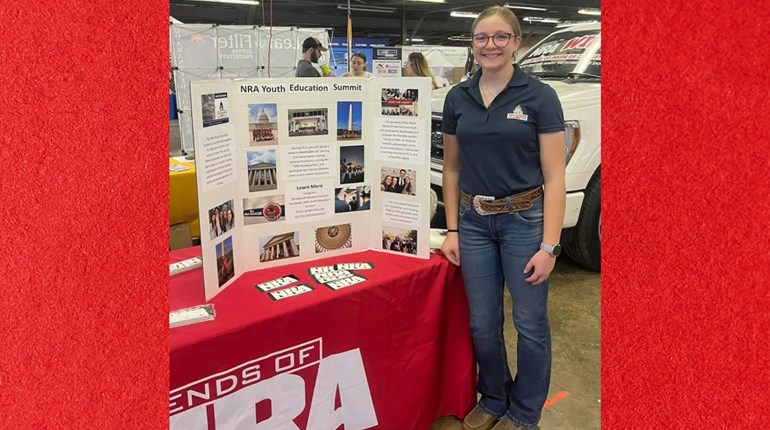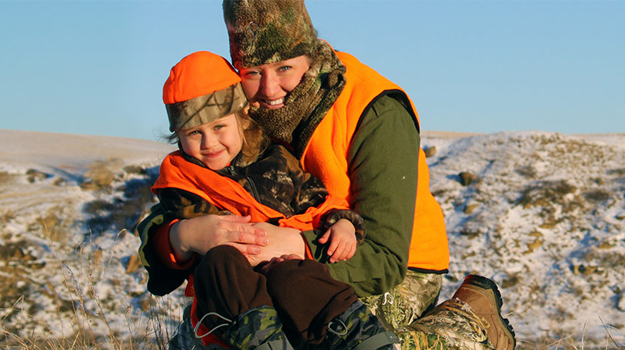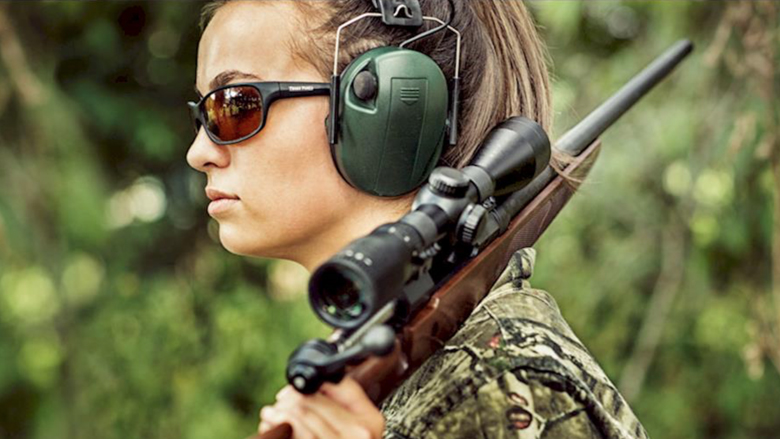
If a shotgun is your home-defense firearm of choice, you might be confused about what to load it with, given the many shot size options on the market. Due to penetration concerns, some people will recommend you load your shotgun with small-size bird shot. I’m here to tell you why those people are wrong.
Granted, every situation and every home is different. I am an empty nester with just my husband and me living in the house full-time, so my considerations are different than someone who has young kids in the home or who lives with an aging parent. Every home has a different configuration that leads to different shot distances in a home-defense scenario, with many walls, a few walls or no walls at all to worry about behind a potential intruder (for over-penetration concerns). For this reason, no one load is the universal answer for every single shotgun shooter.
That said, any home-defense firearm has one primary job: to stop a threat. The absolute most important thing your chosen load must do is reliably stop the threat that’s inside your home. The trouble is, as Gunsite Academy instructor Mario Marchmann explained in a recent class, “You don’t know what kind of problem you’re going to have,” so you have to be prepared for the worst.
Bird shot doesn’t prepare you for much of anything, aside from birds. If the threat in your home is a pheasant, you’re probably OK. But for human threats, bird shot simply doesn’t have the reliable penetration you need to face any kind of threat. Bird shot might work, at the right distance, on the right bad guy wearing the right clothing. But it might not. Will your intruder be a skinny guy wearing a thin T-shirt or a bulked-up bad dude in a leather jacket? You don’t know.
If you have people sleeping in other rooms of your home, you’re going to worry about any bullet or load penetrating walls. Bird shot loses energy rapidly upon hitting drywall, leaving it unlikely to seriously injure anyone on the other side of the wall except possibly at very close distance. But if it can’t even penetrate drywall reliably, you can’t expect it to penetrate flesh enough to physically incapacitate a threat. Those little pellets just don’t have enough mass to keep going when they encounter an obstacle.
The truth about penetration is that, as always, you are responsible for every bullet or pellet that comes out of your firearm. Any load heavy enough to physically incapacitate a threat is capable of penetrating walls and injuring or killing someone who might be on the other side. You must weigh the factors involved—the threat and what’s beyond it—and aim carefully so you have the best chance of your shot going where you intended it to (and nowhere else).
Greg Ellifritz ran a study on stopping power with all sorts of projectiles (handgun, rifle and shotgun), and his data on shotgun loads is telling:
—Bird shot (all types): 17% of shots led to an immediate incapacitation
—Buck shot (all types): 54% of shots led to an immediate incapacitation
—Rifled slugs: 67% of shots led to an immediate incapacitation
(For comparison, various handguns had between a 47% and 72% immediate incapacitation rate, with most cartridges studied falling in the 40s and 50s.)
Slugs: Penetration and Precision
Slugs have the highest rate of immediate incapacitation, which makes perfect sense considering their mass. Slugs are big, heavy and kinda slow, and many studies show they penetrate about the same number of interior walls as 00 Buck, but slugs will tend to have more energy left after a couple of walls. That penetration is the downside to slugs—it’s more than enough for a human threat and perhaps too much more, depending on your situation.
On the plus side, that penetration might be just what you need if your threat is shooting at you from behind partial cover, like the refrigerator. A slug can punch right through it. Slugs are also called for if you live rurally and can expect your home defense to include four-legged predators like bears, or if your shotgun does double duty for home defense and ranch work—a slug lets you reach out and touch that coyote sniffing around the goat pen.
Buck Shot: Predictable Patterns
For most of us, buck shot is the load of choice. It gives you eight or nine hefty projectiles in a pattern that expands with distance. It will penetrate multiple walls, which means you can rely on it to physically incapacitate a human threat. Multiple pellets give you a better chance of hitting a vital spot, but keep in mind that you are responsible for where every one of those pellets goes, so it’s important to select quality ammo and shoot it at a patterning board at various distances so you’ll know exactly where the pellets go, how fast they spread out and how far you can shoot before you start getting unpredictable fliers.
Slugs and Buck Shot Combo: Best of Both Worlds
One great option is to load your home defense shotgun with buck shot but to keep slugs in a side saddle (or potentially vice versa depending on your needs). This allows you to swap in an alternate load if you require more or less precision, penetration and range.
In either case, buck shot and slugs, don’t just load your gun up with whatever hunting loads you have on hand. Purchase a load that is specifically made for home defense. It will pattern better, and they’re specially designed for optimum penetration on human targets while minimizing overpenetration through walls as much as possible.
Bird Shot: Save it for Birds
As you can see from Ellifritz’s data, bird shot has a very low reliability rating. The fact is that all those little pellets shed energy quickly and just don’t have the mass to ensure reliable penetration. Bird shot is the .22LR of shotguns: No one wants to get shot with it, and it definitely can and has killed or incapacitated plenty of people. But plenty of people have shaken it off and continued fighting or advancing after a hit with a .22LR or a load of bird shot (or even several). The distance, the size of the person, what they’re wearing, their mental state—which might be altered by any number of substances—and more are all factors in how bird shot will affect a threat.
Unfortunately, even larger shot simply doesn’t have enough energy to physically incapacitate a threat consistently—it might work, or more likely, it might not. That’s absolutely not a chance you can take when lives are on the line.
